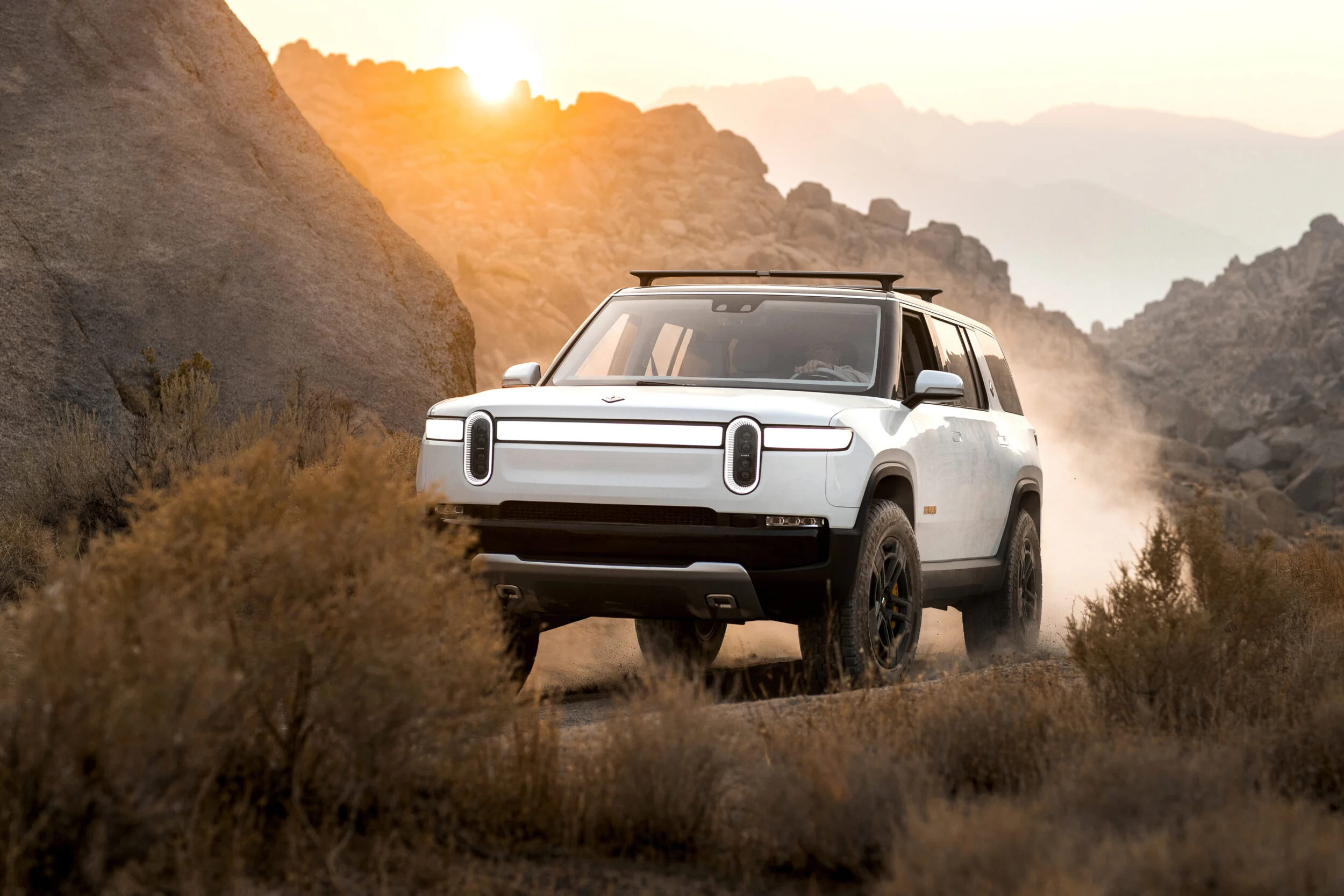Jeep Wrangler Magneto EV Concept – Deliberately Normal
By Edward A. Sanchez – March 22, 2021
Many EV advocates have lobbied for the “normalization” of electric cars. As cool and futuristic as Teslas and some other EVs are, their in-your-face future-forwardness can be a little off-putting to some car buyers. People like what’s familiar, and if you give them something shockingly new, they may be hesitant to adopt it, regardless of whether or not it’s objectively better. In tiptoeing into the realm of full BEVs, Jeep is definitely taking a conservative approach with the Wrangler Magneto Concept. Other than being powered by electrons and an electric motor, it’s a traditional Wrangler through and through.
First of all, unusually for an EV, the Magneto concept has a manual transmission. This is not uncommon with custom EV restomods, but it’s nearly unheard of on production models. You may remember nearly two years ago at the 2019 SEMA Show, Ford showed its Mustang Lithium concept, which like the Magneto, paired an electric motor to a manual transmission.
To make the Magneto as familiar and conventional to the Jeep purists as possible, it selected an uncharacteristically low-speed motor rated at only 6,000 rpm. For comparison’s sake, the motor(s) on a Tesla Model 3 max out at 18,000 rpm. However, the Magneto has the advantage of a traditional six-speed manual gearbox and the full range of gear ratios that comes with it.
Lately, many EVs seem to come with muscular bragging rights of mind-blowing torque or kW (or horsepower) ratings. But the Magneto’s electric motor output closely mirrors that of the 3.6L Pentastar V-6 that powers regular Wranglers. Its rating of 285 hp exactly matches that of the Pentastar in the production Wrangler, and its peak torque of 273 lb-ft is 13 lb-ft higher. Jeep explains:
“Intentional calibrations developed during testing help the Magneto’s powertrain emulate the driving experience of the V-6, matching not only torque but also horsepower. During moderate driving, the performance difference between the V-6 and the Magneto’s unique manual-electric powertrain is negligible except for near-silent operation.”
Jeep is claiming a 0-60 time of 6.8 seconds for the Magneto, again closely mirroring the real-world performance of the current Wrangler.
The Magneto is equipped with four battery packs with a combined capacity of 70 kWh, along with an 800V system.
The batteries, a vehicle interface box and the battery control module are all housed in waterproof enclosures to maintain the Wrangler’s 30-inch water-traversing capability. A 12-volt battery powers the typical accessories such as the radio and lighting. A second 12-volt battery serves as an auxiliary power unit (APU) for other accessories, such as the winch. A DC-to-DC converter charges both 12-volt batteries, enabling extended use of accessories to power a campsite or an unexpectedly long winch operation. Unique mounts secure the battery packs for off-road driving, with custom skid plates protecting the packs from potential dents to the undercarriage while traversing harsh terrain.
It will be interesting to see how much of the approach employed on the Magneto makes it to production. My guess is the production Wrangler EV will not be offered with a manual transmission. Like most other models offered with a choice of manual or automatic, a majority of Wranglers are still sold with an automatic, and the cost to engineer and certify two different powertrain configurations for production is probably not feasible. It will also be interesting to see whether Jeep will employ the single-motor, axle, and transfer case approach, or employ Magna’s eBeam.
If we had to armchair-quarterback a date for a production Wrangler EV, we’d guess the 2025 model year. That would be roughly seven years after the current JL debuted, and would be a natural model cycle transition.
(Images courtesy Jeep)
- Podcast - Facebook - Google News - Twitter -










